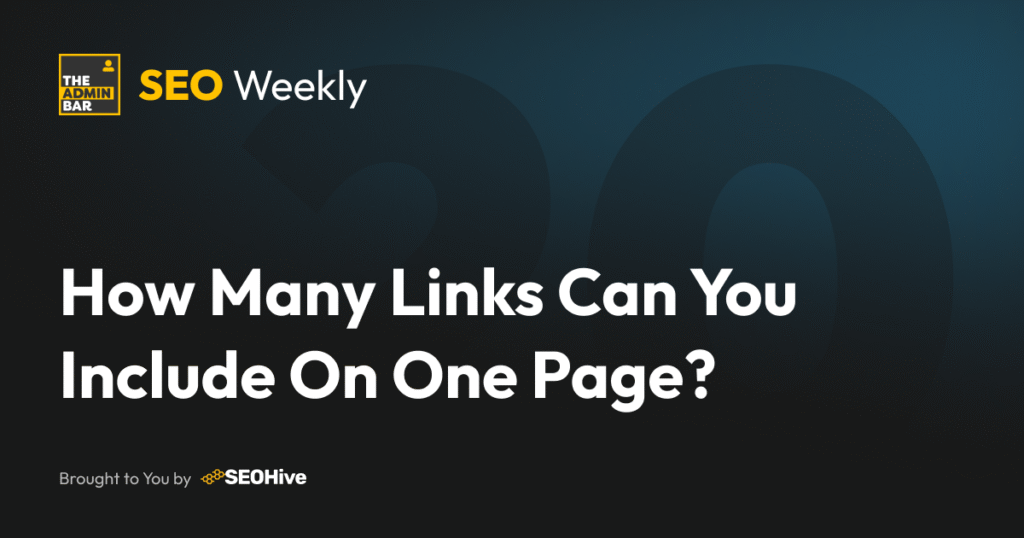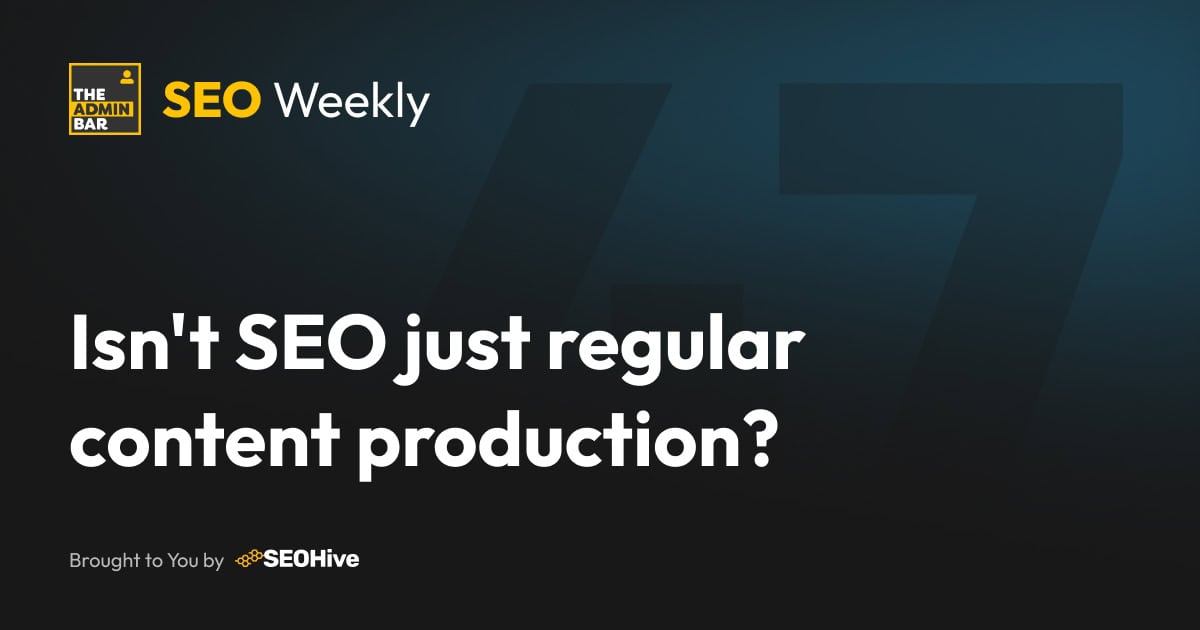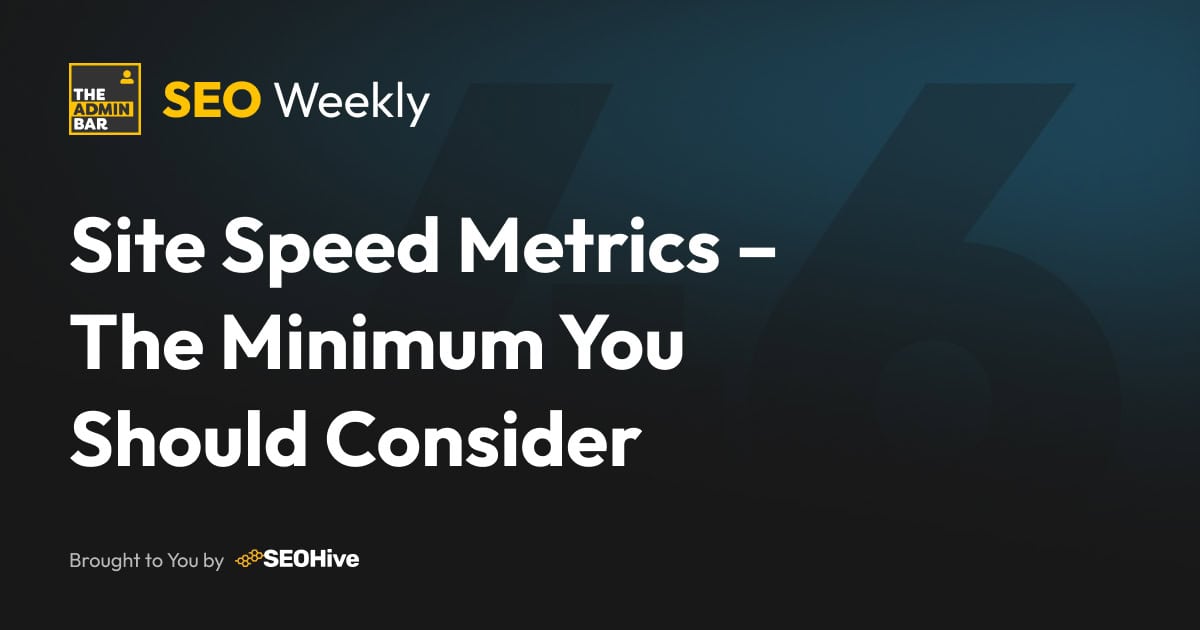This is one that comes up in almost every Q&A I take part in! 😍 What is the “right” number of links to include on a page? But before we start counting, it’s important to understand why links matter for SEO in the first place.
Internal links – those that connect one page of your site to another – are like the roadmap for both users and search engines. They help visitors discover more of your content, keep people engaged longer and guide Google to your most important pages.
In fact, a smart internal linking strategy can boost rankings for deeper pages by passing authority around your site and making sure nothing valuable gets left orphaned or buried. The more thoughtfully you connect your content, the clearer your site’s hierarchy becomes, and the easier it is for Google to understand what matters most.
External links, meanwhile, point your readers to reputable sources beyond your own site. Linking out to high-quality, relevant sites can actually help your own credibility and signal to search engines that you’re providing value and context – not just keeping visitors trapped in your own bubble. It’s a subtle trust signal that can support your rankings, especially when you’re referencing authoritative sources.
The Power of Descriptive Anchor Text 🔤
It’s not just about where you link, but how you link. Google specifically recommends using descriptive, concise anchor text that’s relevant to both the page it’s on and the page it links to. Avoid generic phrases like “click here” or “read more” – these tell users and search engines nothing about what they’ll find when they click.
For example, instead of “Click here to see our services,” try “View our complete list of SEO services.” This context helps Google understand what the linked page is about and sets clear expectations for users.
John Mueller from Google has confirmed that for internal links, your anchor text should indicate the topic of the page you’re linking to – essentially giving Google a signal of context.
Not All Links Are Equal 🔗
Here’s something many site owners miss: links within your main content typically carry more weight than those in navigation menus, footers, or sidebars. These in-content links are seen as more intentional and contextual – they’re surrounded by relevant text and are more likely to be clicked by users.
While navigation links are important for site structure, strategic in-content links can be more powerful for passing authority to specific pages you want to rank. They’re also more likely to use natural, varied anchor text rather than the same repeated phrases used in menus.
So, How Many Links is Too Many? 🤨
There’s no hard-and-fast rule, but if you’re looking for a benchmark, keep your total number of links (internal and external combined) to a reasonable level.
A handful (i.e. 2 to 5) per 1,000 words tends to keep things natural and user-friendly. The key is to make sure every link serves a purpose, whether it’s guiding a user, supporting your content, or helping search engines map out your site.
Bottom line: Don’t stress about hitting a specific number. Focus on building connections that make sense for your users and your site’s structure. If every link adds value, you’re on the right track.
How do you approach linking on your projects? Have you seen rankings improve after a smart internal linking overhaul? Or is it something that you just let go by the wayside? Let me know in the comments ⬇️
Join the Conversation!
There's a dedicated thread on this post inside of The Admin Bar community. Join in on the conversation, ask questions, and learn more!
Group Thread





